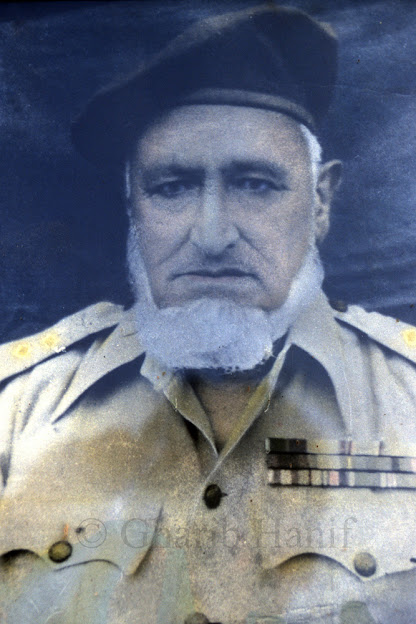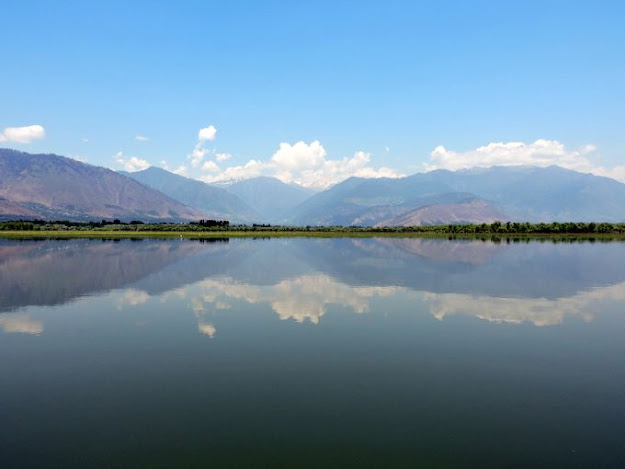Hast-o-Bood Part-33

Chapter IV Historical background and brief overview of the state of Jammu and Kashmir After repeated recapture of Qila Tharuchi, Colonel Rehmatullah Dogra, in consultation with Captain Pritam Singh, formed several platoon patrols in the area, just adjacent to the residence of Col. Raja Muhammad Mahmood Khan and a few steps away from the house. But he set up his own military post so that he could keep a close eye on the activities of the Colonel and his associates. Gurkha soldiers were stationed at this post. Now the situation became very serious for the Colonel. The next day, when Colonel Rehmatullah also came to change the outpost, Colonel Raja Muhammad Mahmood Khan requested him to discuss evacuation. So for a while, both of them listened to each other's point of view as Muslim brothers. Col. Raja Muhammad Mahmood Khan told Col. Rehmatullah that we are both Muslims and the ruler of the state, being a Sikh, has been an enemy of Islam since his ancestors. If we do not get rid of th...












